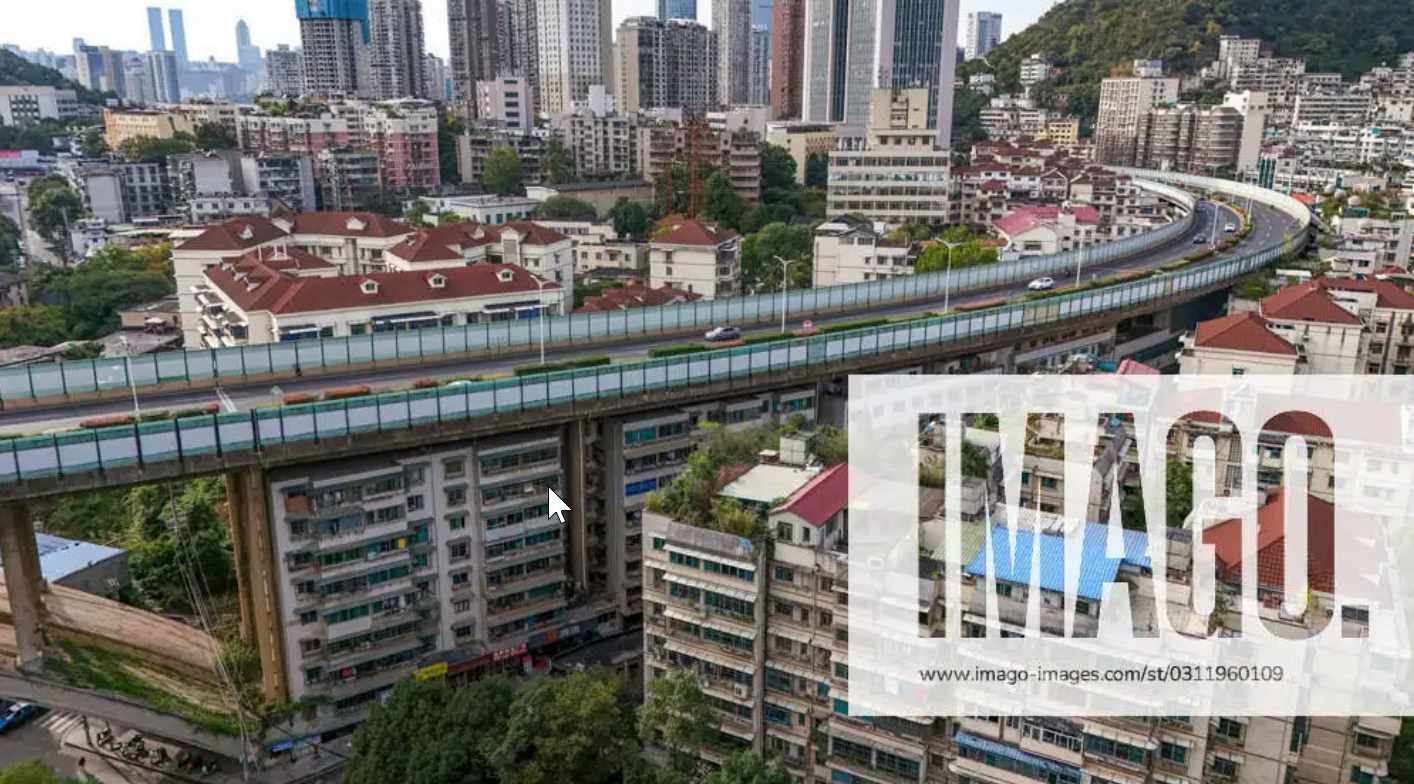In Guiyang, China, a distinctive urban phenomenon unfolds as more than 10 residential buildings find themselves positioned beneath the Shuikousi Bridge, a 300-meter-long structure completed in May 1997. Situated in Guizhou Province, this arrangement resulted from land requisition in the 1990s for the construction of the airport expressway, leading to the establishment of low-rent and resettlement housing projects beneath the bridge.
The proximity of these residential structures to the bridge is striking, with the roofs of the houses nearly reaching the deck of the bridge. The connection is so intimate that the piers are concealed against the walls of the homes, creating a visually unique landscape. However, this proximity comes at a cost, as the houses experience vibrations and noise every time heavy vehicles traverse the bridge.
Residents, who moved in starting from 1999, have endured nearly two decades under the constant roar of passing cars and the shaking of their living spaces. While some have adapted to the continuous noise, others find it challenging, resorting to using cotton wool in their ears to mitigate the impact. The situation improved somewhat in 2009 when restrictions on heavy trucks were implemented during the evening hours.
Despite the challenges, life under the Shuikousi Bridge has not only become a testament to resilience but also a bustling community with various shops operating beneath. The under-bridge neighborhood has become a lively hub, demonstrating the adaptability of residents in the face of unconventional living conditions.
This unique urban scenario, captured in various visuals and news articles, highlights the dynamic ways in which communities adapt to their surroundings, even when faced with the unexpected juxtaposition of residential life and major transportation infrastructure.
Sources:
